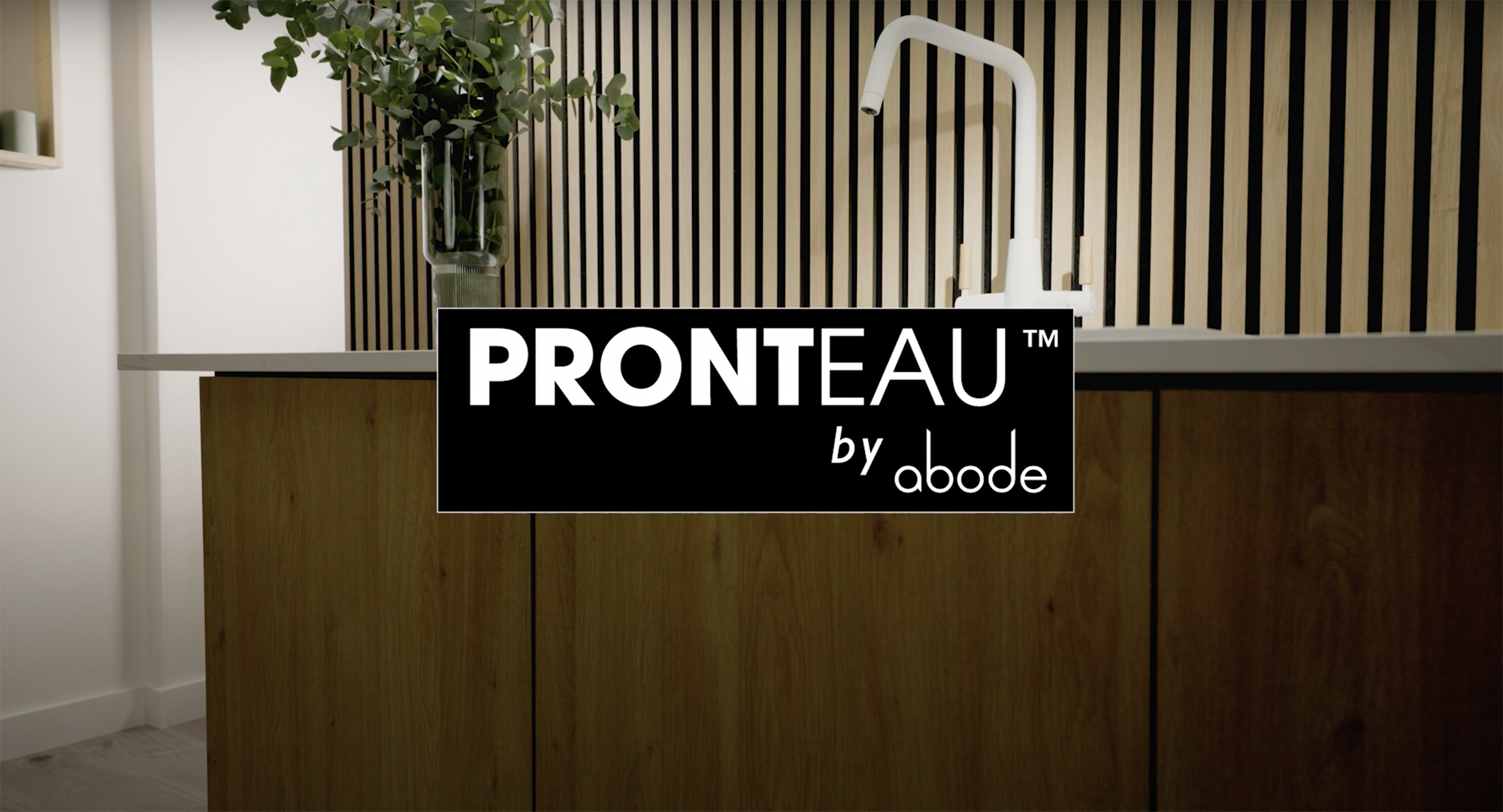Thinking of scaling back your marketing activities? Why investing now could ensure a successful 2022 and beyond for manufacturers explains marketing director at NBS Robin Cordy

With difficulties caused by supply shortages, some manufacturers are choosing to slow down their marketing efforts to ensure they can meet demand.
But are manufacturers thinking long term and should they be looking to move in the opposite direction?
Sponsored Video
As the building supply shortage continues to impact working businesses within the kitchen and bathroom sectors, some companies have considered dialling down their marketing strategies for fear of not being able to fulfil orders.
Whilst this may seem an immediate solution, kitchen and bathroom manufacturers should, in fact, be looking beyond the ‘here and now’ focusing on longer-term strategies so that once the supply-side challenges are overcome a full orderbook is waiting.
Target specification
One of the most effective ways to do this is by targeting the specification audience – the designers and architects who plan future building and design projects months and often years down the line.
Thousands of projects and products get specified in this way each year.
When used effectively, manufacturers can shield themselves from sudden changes in the marketplace which result in knee-jerk decisions that could affect the longevity of your new business leads.
Digital construction
In recent years the construction industry has seen dramatic changes in its working practises – adopting digital methods of working to improve areas such as safety and efficiency.
This approach has led to more advanced ways of designing projects.
The rise in the number architects using BIM (Building Information Modelling) and ‘Digital Twins’ has meant that the appetite for digital information is greater than ever.
In fact, a 2019 study by NBS and the Construction Products Association found once architects had chosen their desired product, 72% would look to download the product information for ‘immediate use’.
What’s more, 95% of respondents wanted product information in a digital format.
With such strong findings, it’s clear the majority of architects are using online specification tools when designing a building and that obtaining digital product data is an essential part of their working process.
Food for thought for manufacturers who haven’t yet digitised all of their product data or are unconvinced on the effectiveness of online specification platforms.
Respecification of products
Having products listed in this fashion not only makes it easier for architects to find and specify products but commonly, architects have been known to respecify products from companies that supply quality products, increasing the likelihood of being used again on further projects for a steady sales pipeline.
At NBS, we’ve seen the impact this can have first-hand. Ideal Standard International , one of the world’s leading manufacturers of bathroom and washroom solutions, saw an extremely positive response following the launch of its BIM offering.
By investing in digital solutions that allow architects to access its product information online, the company was able to win business with contractors, architects and other industry professionals.
The results were so successful, they’ve since been awarded sole supplier agreements with contractors.
Staying one step ahead
But the benefits of product data and specification platforms extend beyond just sales.
Having listed digital product data can help companies remain in-line with changing regulations, such as the introduction of a new building safety regulator and new construction product regulator.
The latter, (the construction product regulator), will be aimed at manufacturers to ensure their products are safe before being sold and they abide by pre-determined levels of industry safety.
In order to remain compliant, manufacturers will need to ensure product information data is accurate and correct at all times.
These stricter measures will grant the regulator the power to remove products, revoke building safety certifications, as well as prosecute those who attempt to side-step rules if they deem products aren’t for purpose.
Having this information listed within product data and specification platforms also gives manufacturers greater awareness and control on how products are being used.
It can also offer peace of mind that the most recent projects specs have been used for a particular project.
Zig when others zag
Whilst the current market remains difficult for many manufacturers competing with forces outside of their control such as COVID-19 risks and supply shortages, now is the time to take a different approach.
If competitors are dialling down their marketing activities, there’s an opportunity to ramp up marketing efforts and increase market visibility.
Short-term budget cuts can be felt months or even years later. By targeting specifiers now, manufacturers are laying the ground to build demand and growth in the future.
Those that have the scope to look past the immediate and invest in their marketing will be much better prepared.



